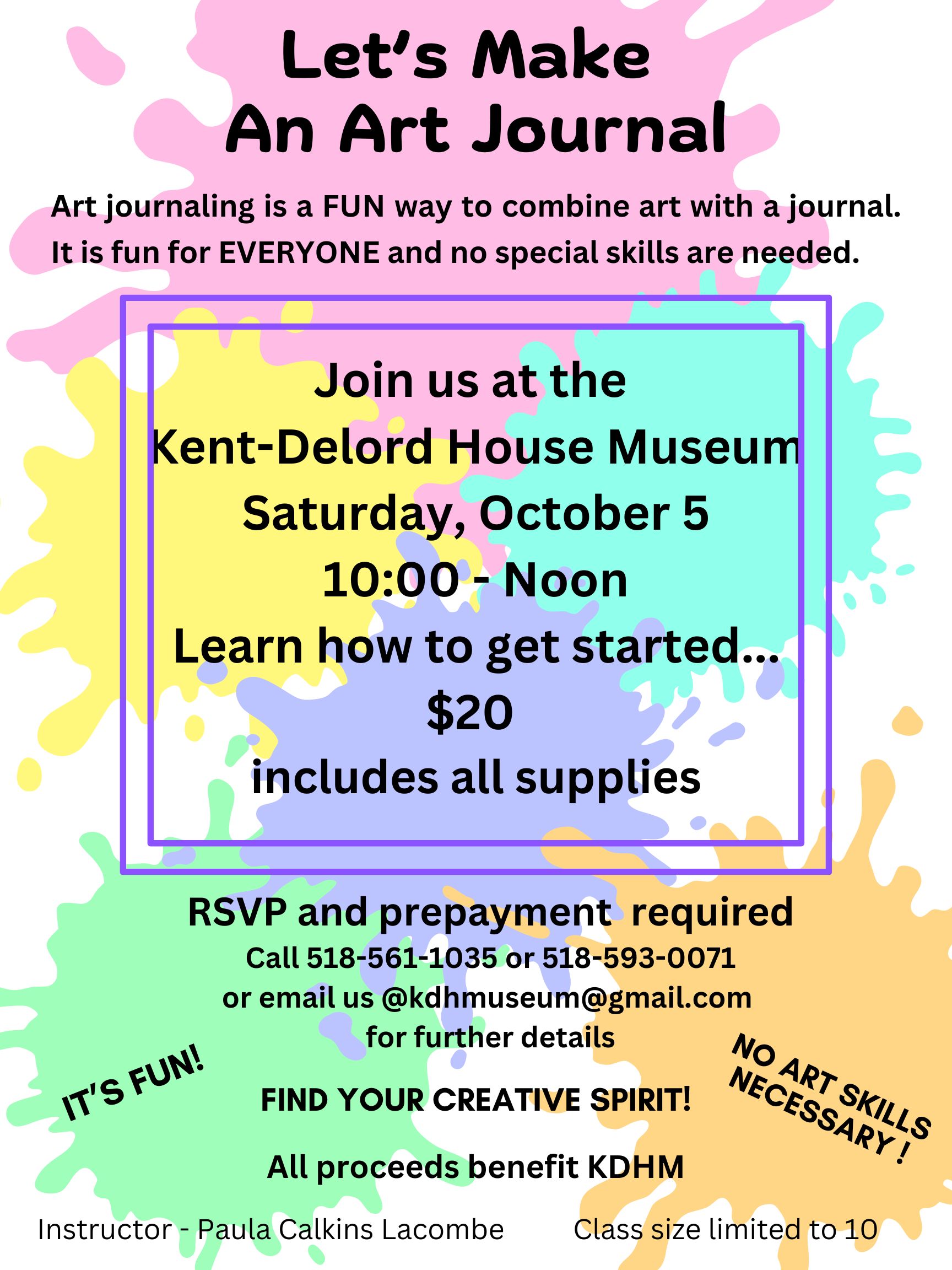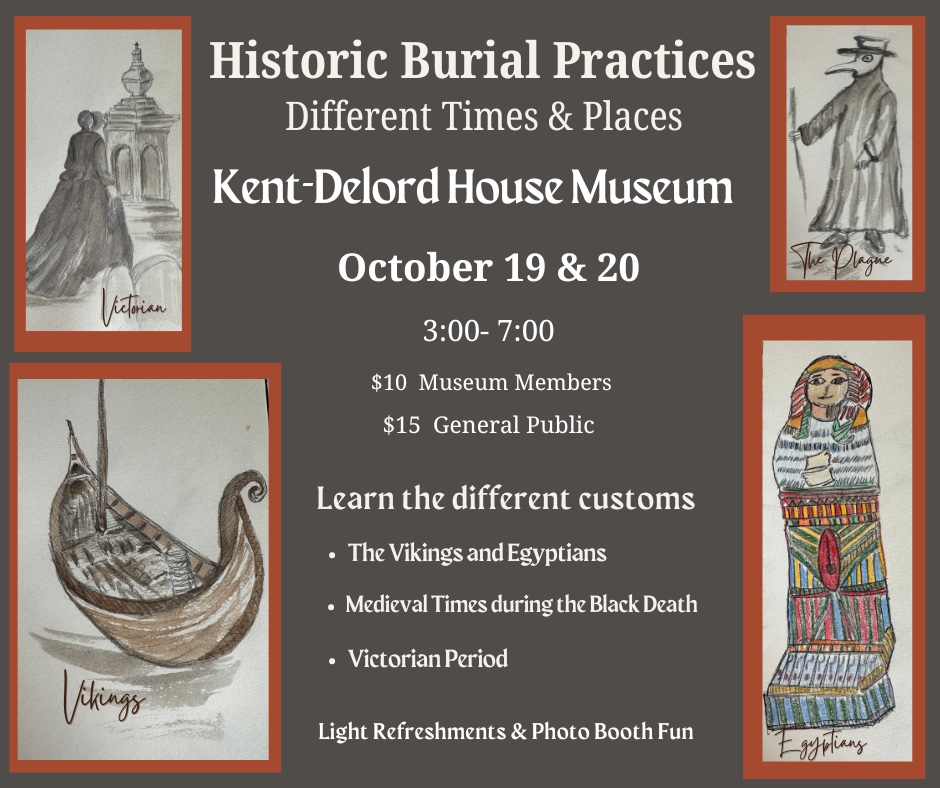
News
1812 Costume Workshop
Located in the KDHM Carriage Barn, Sharon Bell will discuss what people wore during the Battle of Plattsburgh, and provide resources for people who are interested in dressing for the commemoration. The event is free.

Interviews with the Interns
We had a handful of delightful interns this semester, and held short interviews with each of them. Enjoy!
Artifact Corner: Victorian Waffle Iron
Hi Everyone, and welcome back to another artifact corner. Today we will be looking at a fantastic cooking device, a lovely waffle iron. The iron has an ornate cross and fleur de lis pattern which would have been imprinted on the waffles. The plates themselves could be removed and replaced with different patterns. The front reads PHILAD’A along the bottom, and 89 along the top of it. This leads us to believe that the waffle iron was made in Philadelphia in 1889, but that’s not something we’ve been able to confirm. Let’s learn a bit more about the history of waffle and waffle irons.
The earliest known form of waffle comes from Ancient Greece. They were known as obleios, and it was a flat cake that was cooked between two metal plates over a fire. These were mostly a savory dish that would be flavored with herbs and cheese. The obleios transforms into the waffle in the 1200s, when a craftsman has the idea of forging some cooking plates or “irons” that reproduce the characteristic pattern of honeycombs. The word gaufre, from the Old French for waffle, first appears in print at this time. Wafla means “a piece of honeybee hive.” Other early waffle irons designs include landscapes, coats of arms and religious symbols. The batter is placed between hinged plates that are then pressed together with wooden handles, held over the hearth fire to bake and flipped manually. The waffles would be sold by street vendors and for religious celebrations or saints’ days, the vendors would be allowed to sell their waffles at church door exits.
Throughout the Renaissance, waffles became increasingly popular all across Europe. As Europeans traveled to America and begin to settle, they brought the waffle with them. At the start of the French Revolution, Thomas Jefferson returns to the U.S. from his position as Minister to France. Along with a pasta machine, he brought back a long-handled waffle iron that enclosed the batter and gave the waffles their crispness and shape. This began the trend of “waffle frolics” or waffle parties, where guests can enjoy their waffles sweet (with maple syrup or molasses) or savory (topped with kidney stew). In 1869, Cornelius Swarthout of Troy, New York, a Dutch-American, received a patent for the first waffle iron in the U.S., on August 24th. Described as a “device to bake waffles,” one would heat up the waffle iron over a coal stove, pour batter on the griddle, close the cover and after a few minutes, flip the griddle and cook the other side of the waffle. It became incredibly popular. With the advent of electricity, electric waffle irons were born.
Our waffle iron is in good shape with the exception of a broken hinge on the plates. We think this would not impair it’s ability to make waffles though, but I don’t think we’ll try to make waffles in it any time soon. This waffle iron is a lovely glimpse into food preparation in the late Victorian period, and we are so lucky to have it in our collections. Thanks so much for stopping by.
The following music was used for this media project:
Music: Sunny Morning by MusicLFiles
Free download: https://filmmusic.io/song/7813-sunny-morning
License (CC BY 4.0): https://filmmusic.io/standard-license
Artist website: https://cemmusicproject.wixsite.com/musiclibraryfiles

